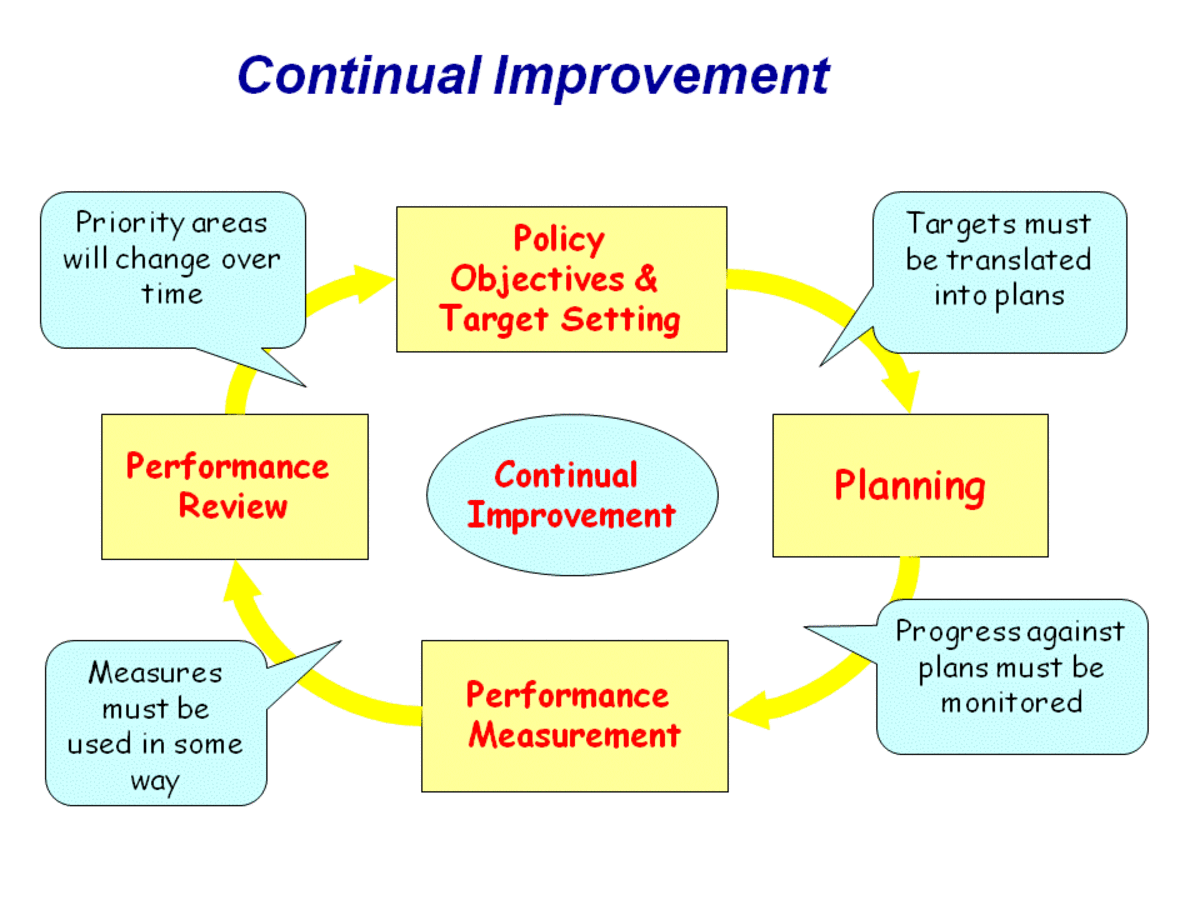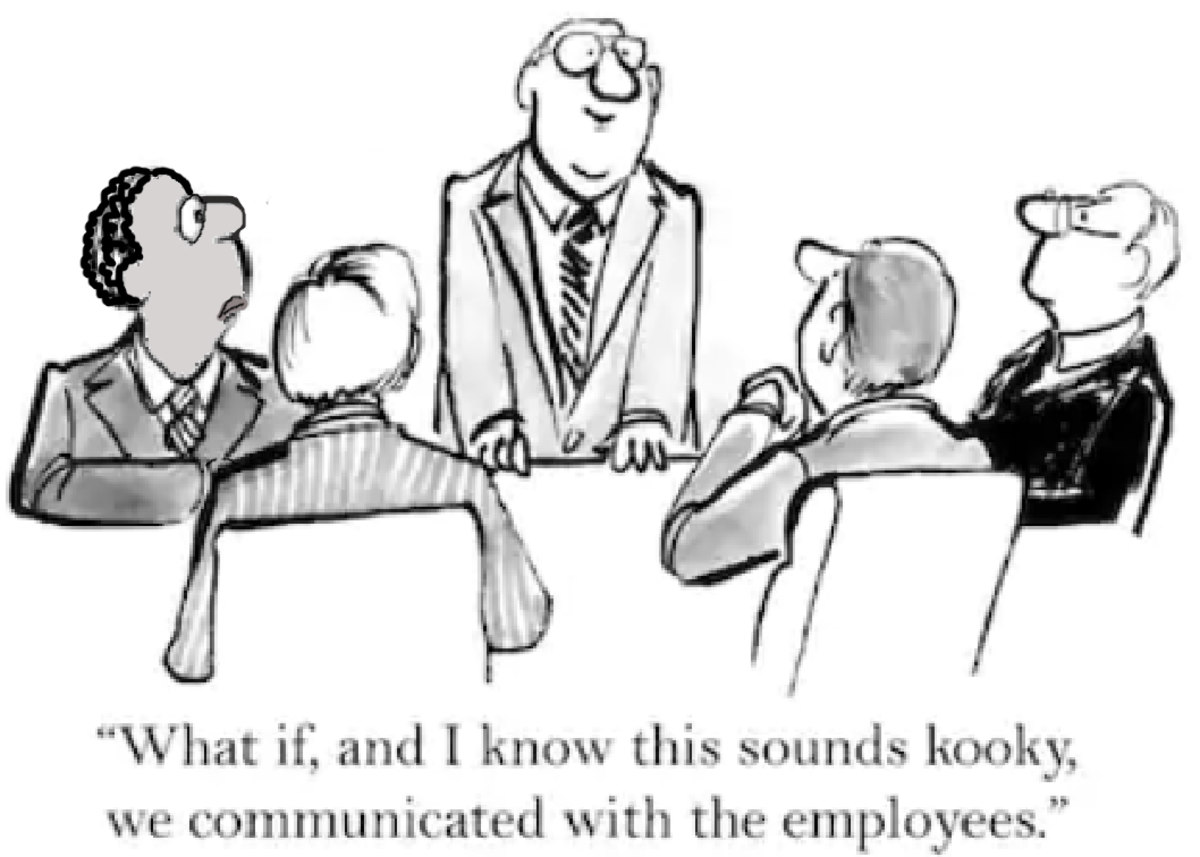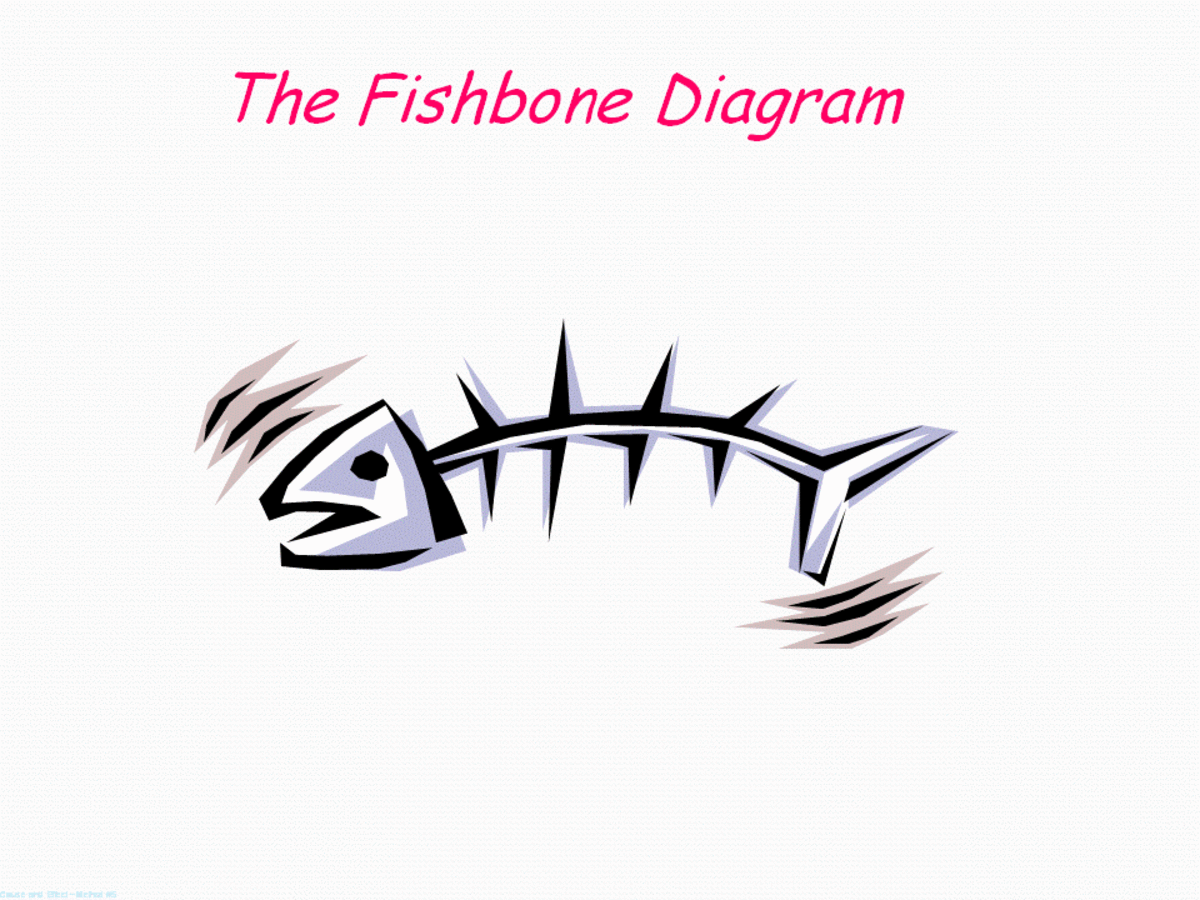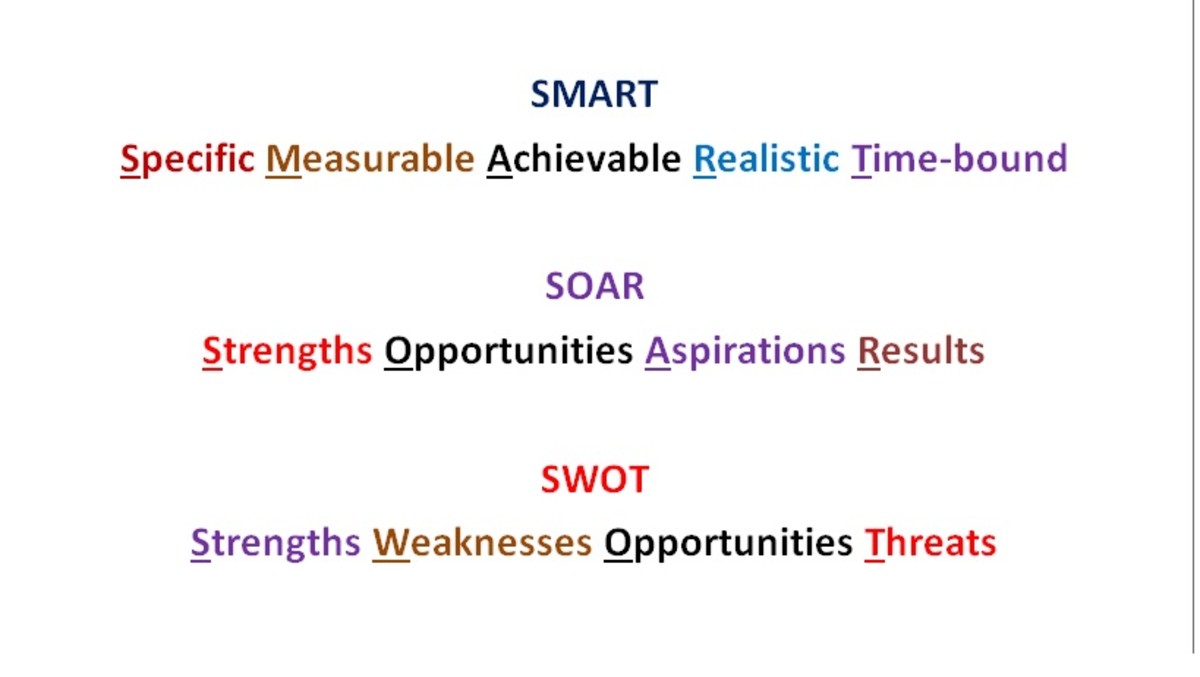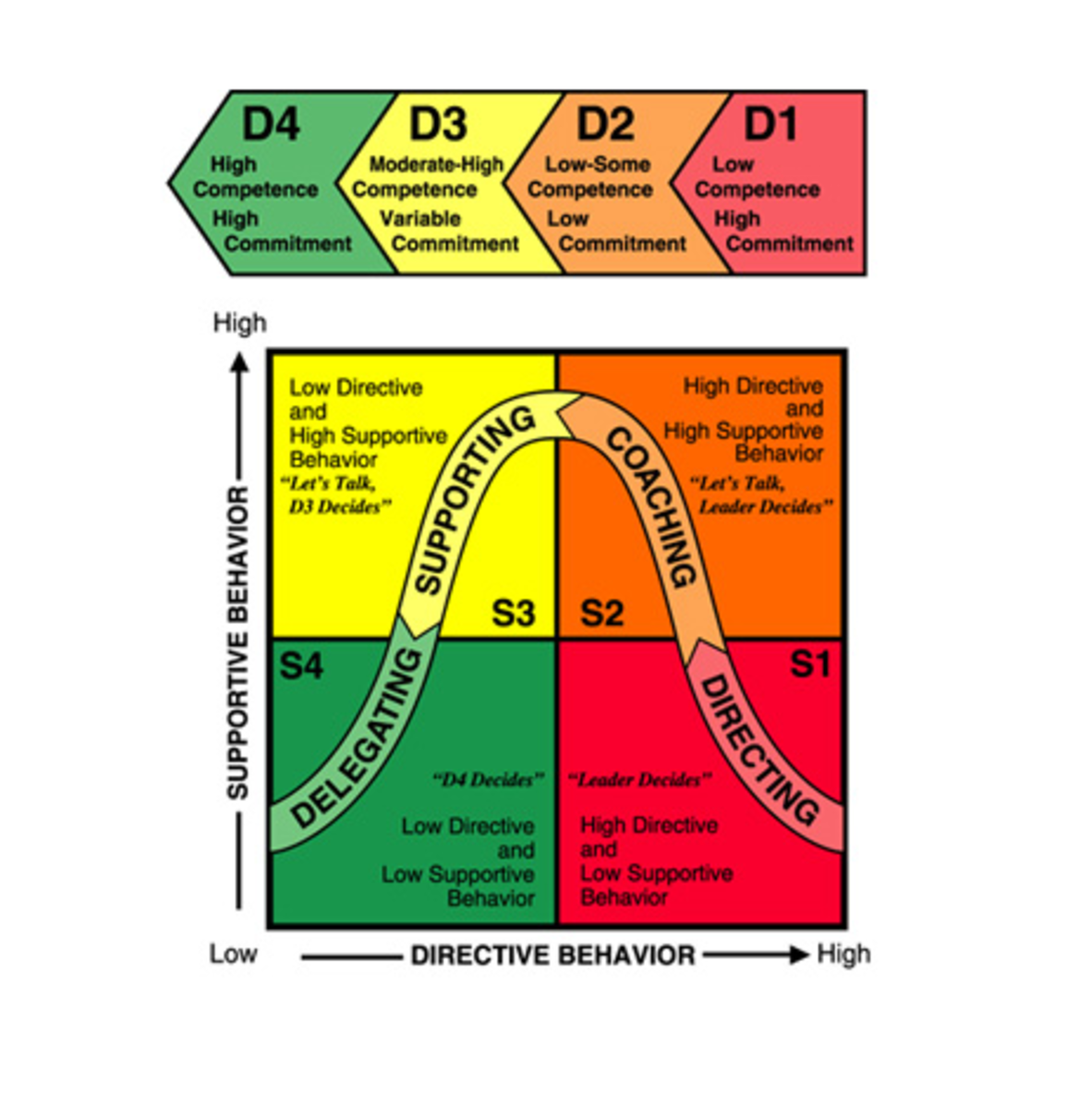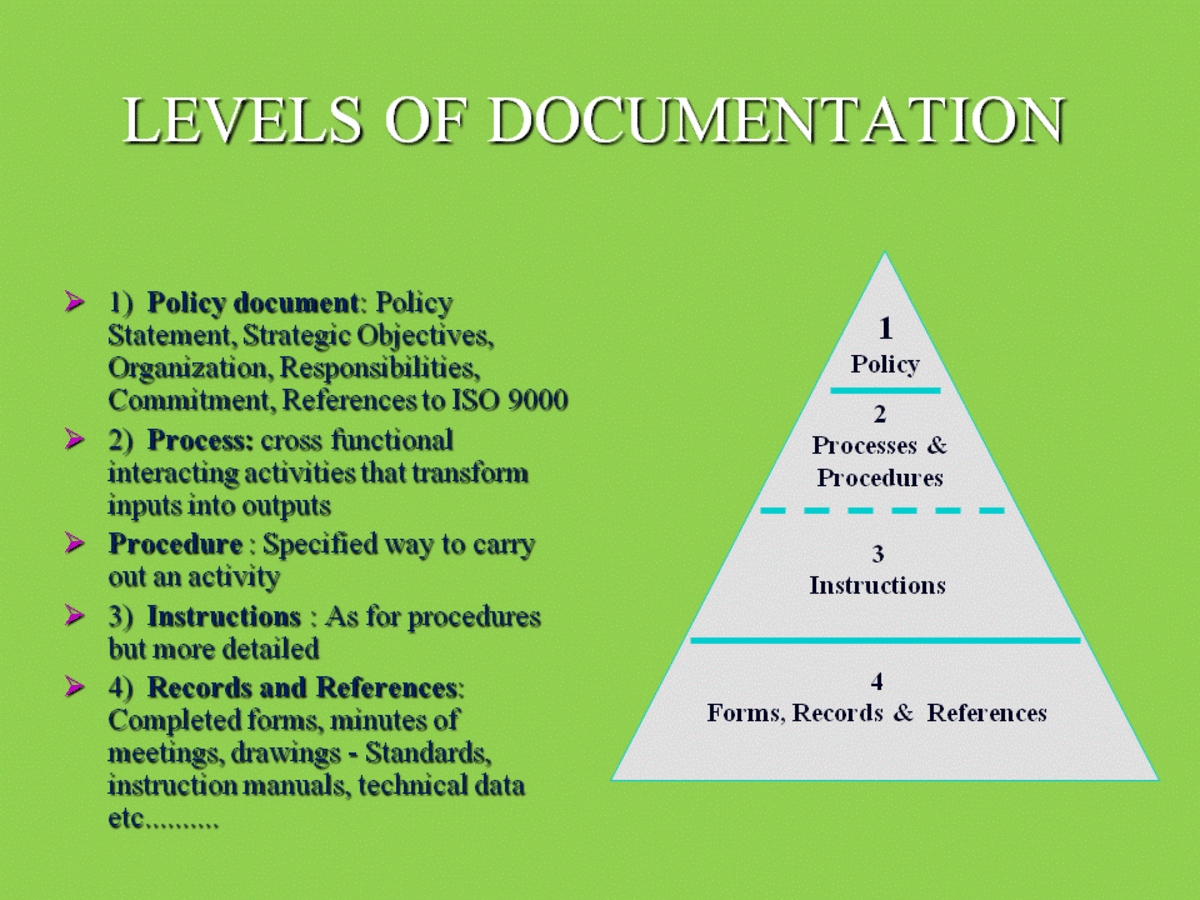Linking Performance and Learning Management

Introduction
In a world where economies change happens from
one day to another, it is critical for companies to have the ability to adapt
with it. More importantly and in many instances, this does not come easy. Many people within an organization may be reluctant to change and some resistance can come from this. However, in order to facilitate adaptive
qualities, there must be a way for personnel to see the change coming and learn
to move with it. The way an organization
learns to adapt is by being ready for change through Learning Management. This article is going to talk about how
Performance Management is tied to Learning Management. It will also talk about the
Performance Improvement/HPT model as well as the Intervention Selection,
Design, and the Development component within it. Lastly, it will talk about
how the link is critical in the future movement of an organization. Due to the ever-changing world environment in today’s world, an organization that learns
quickly and effectively can see a rise in efficiency and productivity. As the saying goes, working smarter and not
harder is what makes a firm successful.
The Performance Improvement/HPT Model
HPT as defined by the International Society of Performance Improvement says, “Human Performance Technology (HPT), a systematic approach to improving productivity and competence, uses a set of methods and procedures -- and a strategy for solving problems -- for realizing opportunities related to the performance of people.” (International Society of International Performance, 2013) In other words, Human Performance Technology (HPT) is a method used to logically increase productivity and knowledge in order to solve problems and make use of opportunities related to the performance of people. In order to break down the meaning of HPT, each corresponding word of this acronym will be elaborated on. H is for Human and this is the part that deals with a person or group from which the organization is composed of. In other words, this is the human factor and all items related to it within an organization. P is for performance and it deals with activities from which outcomes are measured and or predicted. Basically, this is where performance of work is measured by efficiency as well as effectiveness. The last letter in the HPT model nomenclature is T. It means Technology. Basically, this part deals with a logical approach used in order to solve practical problems. In all, each word by itself has some meaning. But when used together, a model is created that will help an organization grow and become more productive. The main focus for this model is that it concentrates on results and outcomes of an organization. It also helps in finding ways to correct problems and/or recognize opportunities in improving a process. More importantly, is a tool used in change management. Here is how it works.
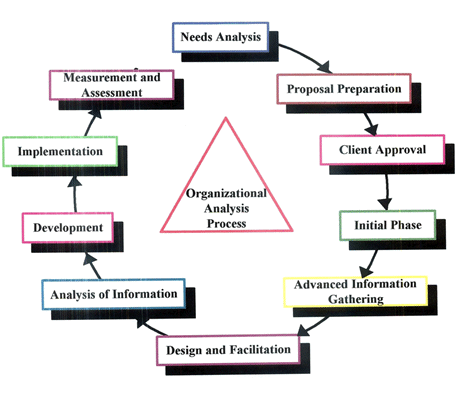
Organizational Analysis
The first part of the model deals with the Performance Analysis of Need or Opportunity. Basically, an organization must ask this question first. Why are they here? To best answer that question, the first part of the model deals with an Organizational Analysis. Under this term, an organization’s vision, mission, values are examined. Then its goals and strategies must be looked at to see if they are lined up with the vision, mission, and values of the organization. Lastly, the part that will be further examined under Organizational Analysis deals with critical issues. Then the question, “why are they here?” can be answered. From this point, there are two parts of the model that are linked to Organizational Analysis. They are Environmental Analysis and Desired Performance.
Desired Performance
Desired Performance is the level of operattion where an organization wants to be at. After an organization is evaluated based on the results of an Organizational Analysis, then the next part can come into play. That is the Desired Performance Outcome. This will then drive the other factor in motion by taking the results from the Actual Performance part of the HPT Model and using it with the results of an Environmental Analysis outcome. This leads into what will be discussed next thus being part of the HPT Model.
Environmental Analysis
Once an Organizational Values Analysis has been accomplished, then people part of the equation must be taken in to a closer examination. This part is called the Environmental Analysis. Based on that, world factors such as ethnic values, culture, society, and social responsibilities is a part that can affect the environment within the organization. Another part to analyze deals with the workplace. Things such as resources, tools, stakeholders, and competition are items that must be taken into consideration. These have a major impact on the overall environment affect in an organization. Next, what will be mentioned is the work itself. Basically, this breaks down into the day-in and day-out tasks employees perform and what they consist of and how it affects the people within the firm. Things such as work flow, procedures, responsibilities, and ergonomics is what drives this factor under the Environmental Analysis. Lastly, the Worker itself will be evaluated in order to see how they impact an organization’s environment. This includes knowledge, skills, capacity, motivation, and expectations. In all, these factors must be taken into consideration when taking a closer look at the worker and how they impact the organizations environment. Once all of these levels are captured and examined, then an actual snap-shot can be taken in order to see an organization’s actual performance level. In-turn, which will then be used later in the study. This leads to the next part of the model that actually studies performance, gaps in desired performance, and the root cause of these gaps. This then helps in the development of countermeasures used to correct inefficiencies in performance and learning adaptations of an organization. Basically, this is the part of the model that uses Intervention, Selection, Design, and Development in order to begin the change process. Please keep in mind, all this is for the ultimate goal of managing learning and linking it to the performance of an organization.
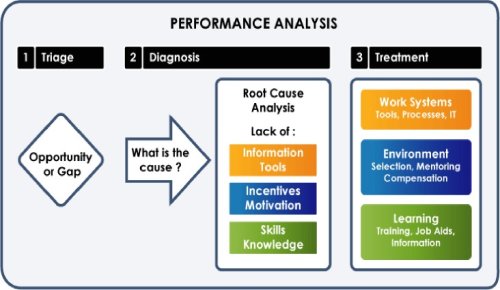
Actual Performance
As the topic states, this part of the model is what reveals to the organization the level of performance they are actually in. This is from the results of an environmental study that was made within the organization. This, in-turn, showed the level of work performance the organization is currently at. It also forms a baseline in order to see how far it is from the Desired Performance level. This leads to the next point and that is Gap Analysis.
Gap Analysis
Gap Analysis is the study of where the organization’s performance level is at in relation to the desired performance outlook. What formulated this step is the data derived from the outcomes of the Organizational and Environmental Analysis. Once this information is seen, then a strategy can begin to formulate in order to close the “Gap” between these two outcomes. Based on that, whether the Desired and Actual Performance levels are close or not, an organization can then move into the Cause Analysis part of the model and the “Gap Closing” process can begin. This then leads to the Cause Analysis.
Cause Analysis
Cause Analysis takes the information from the Organizational Analysis and the Environmental Analysis and uses it to study factors that created the gap between Desired and Actual Performance outcomes from an organization. The main factors that are studied are the Environmental and Individual ones. These factors include Resources and Tools under the Environmental Factors as well as the Skills and Knowledge under the Individual Factors. When intertwined, an organization can then visualize the problems that are holding the organization back and then introduce change. This leads to the next point. Thus linking Performance and Learning Management together and that is Intervention, Selection, Design, and Development part in the Performance Improvement/HPT Model.
Intervention, Selection, Design, and Development
This part of the model helps introduce change by formulating strategies related to it and in many cases begin the intervention process. By linking Learning, Performance Support, Job Analysis/Design, Human Resource Development Organization Communication, Organizational Design and Development, and Financial Systems, Learning Management can then be introduced. Learning Management gives an organization the tools needed in order to develop employees learning capacity. This in-turn will help the employee work smarter and not harder by learning new skills that can be utilized at the job-site level. In other words, Learning Management encompasses all these factors and helps an organization move forward by developing people and their skills, knowledge, and the capacity to learn. This in-turn motivates people from the individual scale up to the organizational level by sharing the company’s organizational vision, mission, and values. This will then help them work more efficiently by giving them the training and tools needed in order to promote organizational efficiency. In doing so as well as overtime, this will also help them align personal goals with company ones.In other words, this promotes more productivity. More productivity means more output. More output means a secured future within the organization and for the organization itself in the long run. So how can Learning Management be linked into the HPT Process? By using the Intervention, Selection, Design, and Development part of the HPT model and integrating it with Learning Management Systems, the process can then be done. This is key in order to make this a reality among personnel inside an organization as well on the bigger scale of things. The key point of this part of the model is the development of people inside an organization and making them part of a culture of learning. In all, when an organization learns as a collective, then it can adapt to world economic changes. Thus, ensuring survivability and profitability.
From this part, leadership commitment is critical in order to move an organization in the right direction. That is why they must be onboard with the plan. By providing the feasibility and sustainability of Learning Management Systems, leadership will be on board for a positive change in productivity.This in turn will give Leadership a first hand look at the fruits of performance efficiency through learning systems and performance managment. Hence why management endorses training management on top of performance support by employee recognition and financial compensation. They know this will reinforce a positive pattern of behavior. In essence, when one person learns something new that will help an organization run smoother, an organization as a whole learns with the individual. This will increase a company’s output. This is how these two systems are connected.
Conclusion
In conclusion, this article talked about how Performance Management is tied to Learning Management. By breaking down the levels of analysis between Organizational and Environmental parts of an organization, the link to each other is clear. Also, it talked about the Desired and Actual Performance outcomes and how they are tied to Gap Analysis. Then it talked about how Gap Analysis provides information to Cause Analysis which eventually leads to the Intervention, Selection, Design, and Development part of the Performance Improvement/HPT model. Lastly, it talked about how the Intervention Selection, Design, and the Development component of the modeland how it is tied to Learning Systems and Performance Management. Hopefully, this will help you understand how both these two concepts are tied together. By knowing that a organization's performance is tied to how effectively it adapts to economic, political, and social changes, an organization can better manage learning for its personnel. In other words learning is what adaptation is all about.
References
Frank S. Wilmoth, C. P. (2002, September). HPT Models:An Overview of the Major Models in the Field. Retrieved from http://www.sixboxes.com/: http://www.sixboxes.com/_customelements/uploadedResources/HPT%20Models.pdf
International Society of International Performance. (2013). What is HPT. Retrieved from International Society of International Performance: http://www.ispi.org/content.aspx?id=54
Silkroad. ( 2013). The Value of Learning and Performance Integration. Retrieved from http://www.silkroad.com/: http://www.silkroad.com/SiteGen/Uploads/Public/Skin_SRT/docs/resources/Workforce.TrainingandDevelopment.pdf

